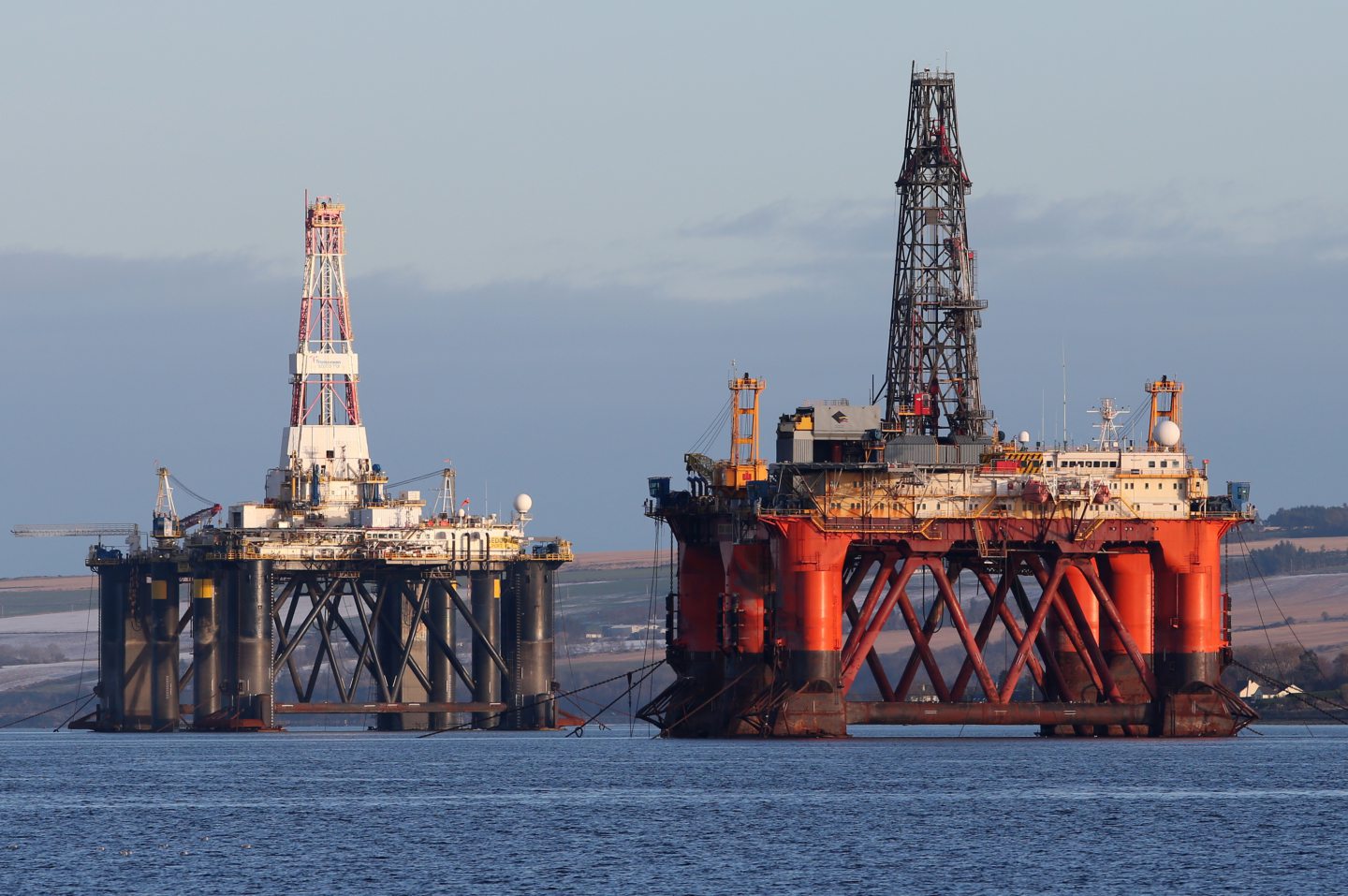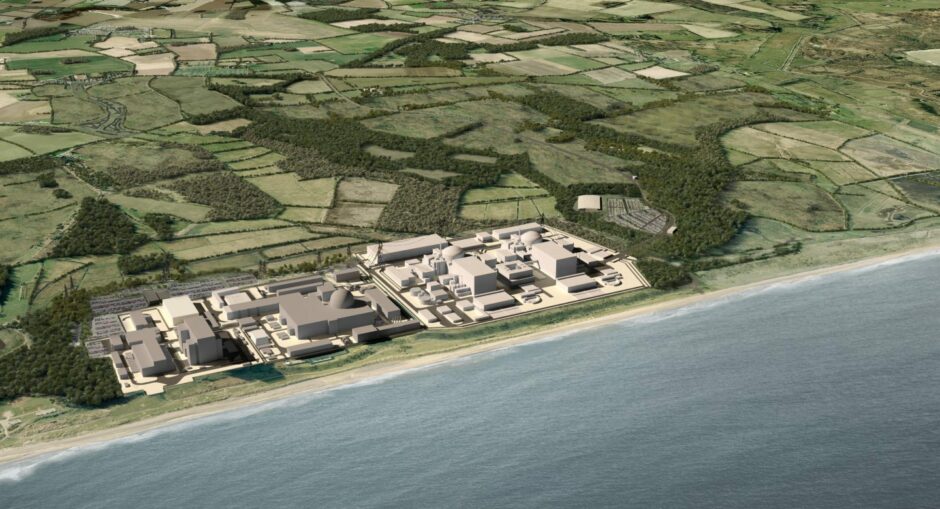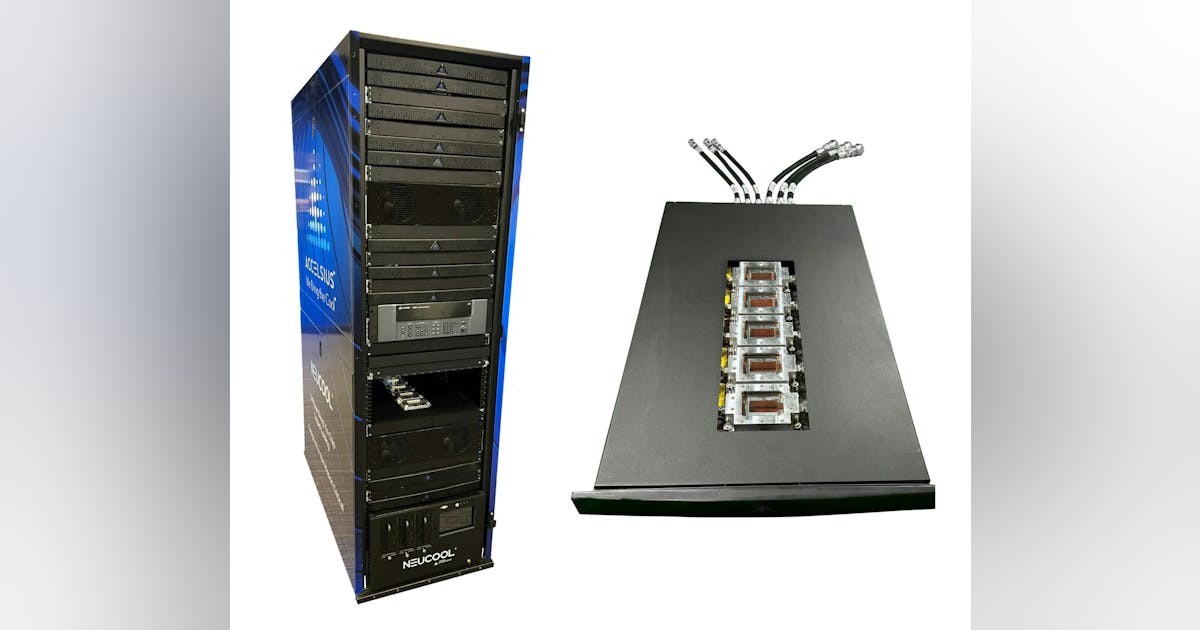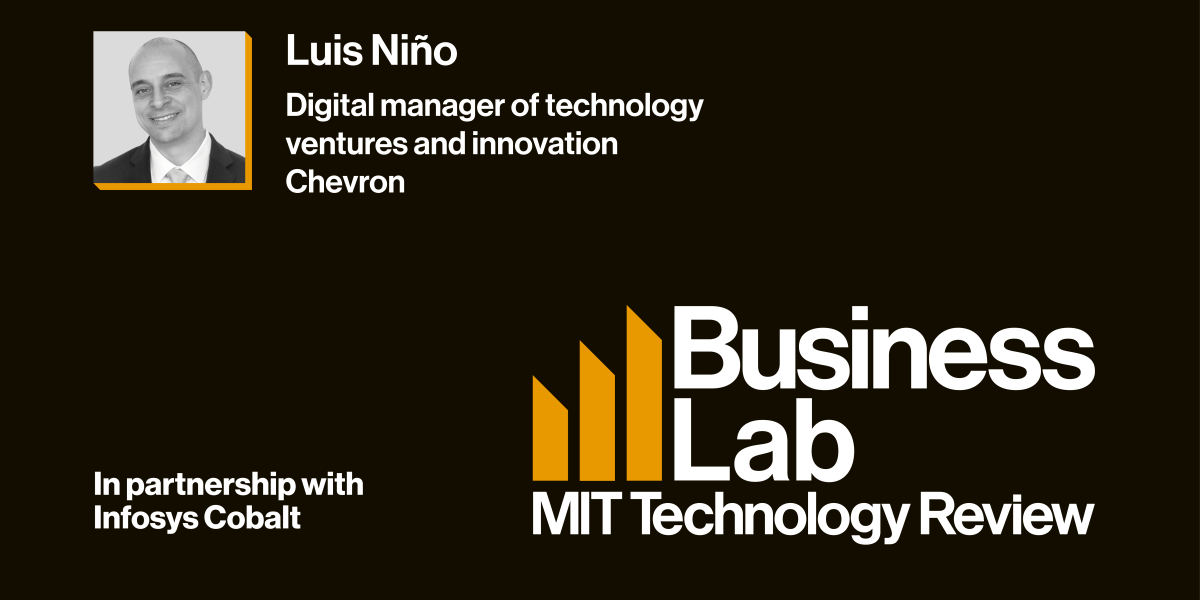Picture a postwar industrial building in a West Sussex town, between London and Brighton. It was 2013, the Conservative coalition government led by David Cameron asked colleagues to get rid of the ‘green crap’, three years after pledging to be the ‘greenest’ government ever.
When chief executive Phil Caldwell joined Ceres Power (LON:CWR) that year, it was a £35 million-market cap company listed on the smaller AIM subsection of the London Stock Exchange (LSE).
Nearly two decades later, and the Horsham-based fuel cell company on Foundry Lane was admitted to the main market of the London Stock Exchange in June 2023. It made the index of top 250 mid-cap companies for six months before being nudged out, then readmitted in September 2024, holding its spot until last month. It is now nearly ten times larger than when it first listed, with a market capitalisation of £320.8m.
Ceres was one of the first cleantech companies to achieve the prestigious FTSE 250 index. It remains one of four purely alternative energy companies on the LSE main market, excluding trusts.
Today, it specialises in licensing electrolysers for green hydrogen power projects, which convert renewable electricity into the low-carbon gas.
“Green hydrogen is zero carbon at production,” Caldwell said in an interview. “If you’re combusting hydrogen, the only byproduct’s water.”
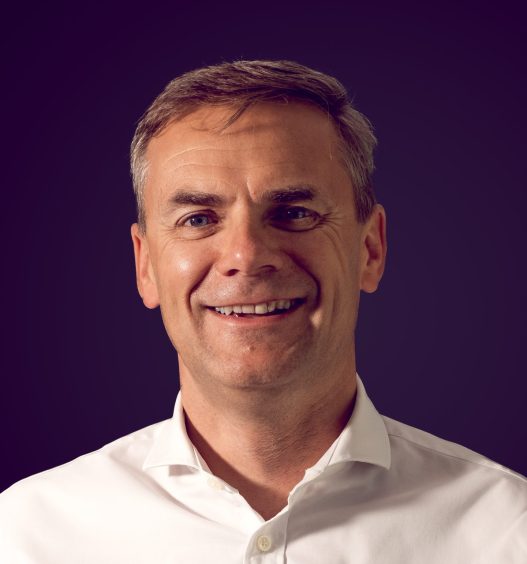 © Supplied by Ceres
© Supplied by CeresCaldwell said Ceres is projecting revenue this year of between £50m and £60m; its market has grown ten-fold in 12 years. In 2021, it raised over £180m, “at a time where public markets were working really well” to plough into electrolysers.
“We’ve grown a lot,” he said. “We originally focused on the fuel-cell side, which is where you take in hydrogen or natural gas, and convert that into electrons for power generation. In 2019, we started investigating electrolysis from green hydrogen because we saw that trend coming.”
Hydrogen has taken off as an industry in the past five years with a flurry of hydrogen companies listing on the stock markets, as the technology gained maturity.
According to Caldwell, the appetite for energy security that boomed in the wake of the energy crisis was the impetus.
“If you look at the actual value of hydrogen businesses and the real excitement in this, it was all around 2020, 2021,” said Caldwell.
Following Russia’s war on Ukraine, “you had energy security issues suddenly overlapping with decarbonisation issues”, he said.
“You had this emerging of a couple of agendas for once, which comes as the perfect storm,” he said. “You see this trillion-dollar multinational market opportunity just come into view.”
‘Reversible’
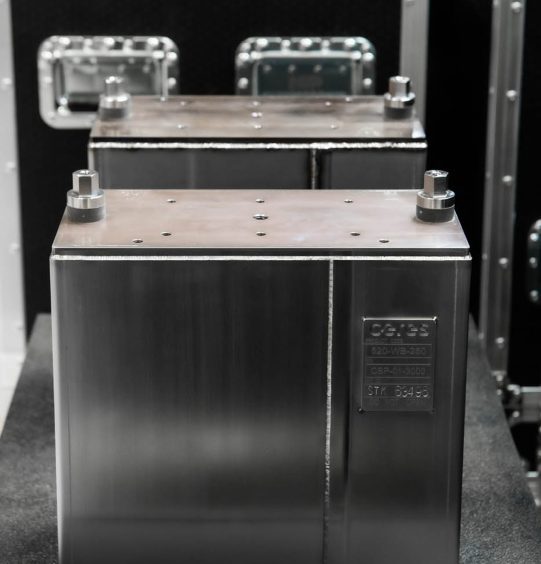 © Supplied by Ceres Power
© Supplied by Ceres PowerThe UK hydrogen industry is estimated to be a £7bn annual market value by 2030 and create 30,000 new jobs. Caldwell cited a $1.4tn ‘block opportunity’, globally, 50% of which will be for industrial decarbonisation.
“If you want to decarbonise society, you electrify as much as you can with green electrons, but that can’t get you that final 20% that you need for net zero,” Caldwell said.
“You can’t electrify everything, you need green molecules, and, the way a solid oxide cell works; it’s truly reversible.”
Ceres is working with Shell (LON:SHEL) on a ‘demonstration’ hydrogen production facility, after being awarded a contract last June to build a pressurised solid oxide electrolyser module at Shell’s research facility in Bangalore.
“Shell’s interest is by looking at a combination of applications like synthetic fuels,” said Caldwell. “They want to decarbonise fuels like aviation fuel or even just petrochemicals. They’re interested in green ammonia.”
The company has also worked with German engineering giant Bosch and Japan’s Denso to license electrolysers to produce green hydrogen, an area where Caldwell said its technology can make savings of “about 25%” of opex; in steel and synthetic fuel production.
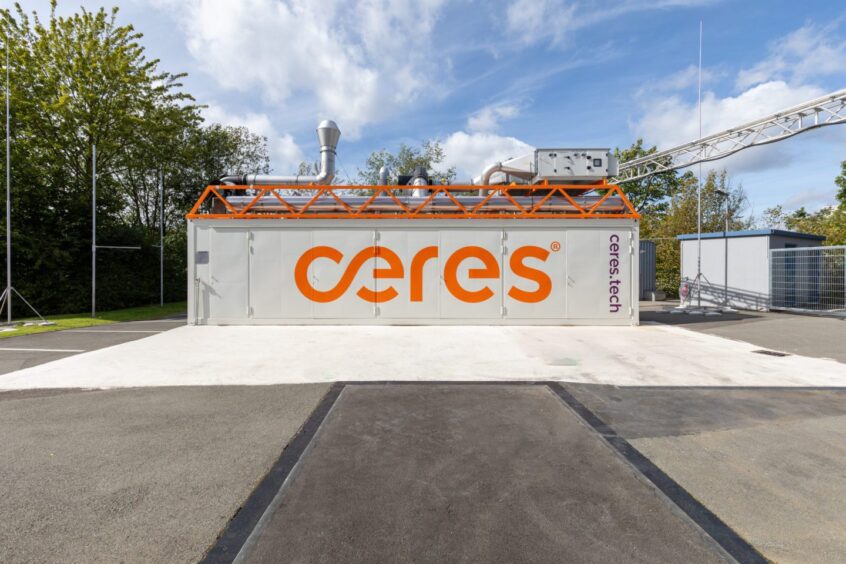 © Supplied by Ceres Power
© Supplied by Ceres Power‘Adapted’
Ceres operates through a cross-border licensing model, “where we see more and more of the protectionism and tariffs going up”, said Caldwell.
“At Ceres, we believe in decarbonisation at scale and at pace, and if you want to do that, you have to scale globally,” he said. “So we developed the technology, and we help partners now building factories in South Korea, in Japan, in Taiwan, or in Germany.”
Over the past ten years, Caldwell explained, the company has “adapted” to address the needs of different markets, particularly in “hard to evade sectors”. It has a pilot manufacturing site in the UK but licenses internationally.
“You have to think of this company as a technology business,” Caldwell said. “Our manufacturing capability… is built in the same parts of the world where you would expect: Japan, Korea, Taiwan, and China; leaders in EVs, batteries, solar panels. They’re now moving into hydrogen production as well.”
Ceres has set its sights on the international market for hydrogen where, “globally, you’re seeing a lot of investment and a lot of national policy going into developing hydrogen technologies”, Caldwell said.
He said most of its licensees are now overseas. India is another market where he described the opportunity as “huge”, as it seeks to “leapfrog” conventional energy.
“They’re importers of conventional fossil-based energy and if you’ve got a lot of renewables… it’s a really powerful growth engine for GDP,” he said.
‘Purpose’
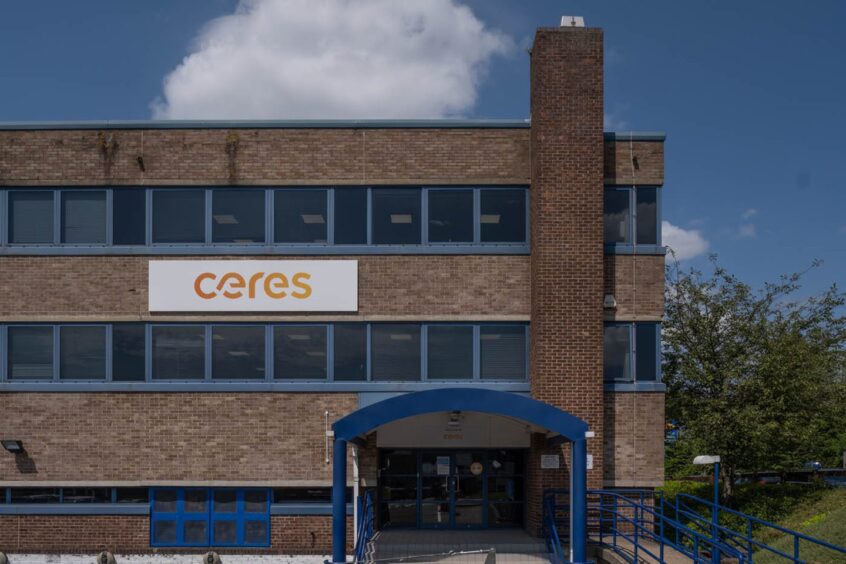 © Supplied by Ceres Power
© Supplied by Ceres PowerCaldwell attributes the growth of Ceres, which remains based in the same building it was when he joined more than a decade ago, to its “core technology”, and “valuable people”.
It has a 500-strong team, a mix of “mainly scientists and PhDs, and engineers”, he said; adding that people come to work at Ceres because of “purpose; it’s a big motivator”.
Looking to the future, Caldwell said that Ceres seeks to secure “more licensed partners, more growth” and “continued investment”.
“We’re on a growth trajectory, we’ve got our first manufacturing plant in South Korea coming on next year,” he said. “It takes us full circle, with royalties coming into the business and really proves out our business model.”






